UETA and ESIGN Act
US electronic signature laws and history
Both the United States Electronic Signatures in Global and National Commerce (ESIGN) Act, and the Uniform Electronic Transactions Act (UETA), have four major requirements for an electronic signature to be recognized as valid under U.S. law. Those requirements are:
- Intent to sign – Electronic signatures, like traditional wet ink signatures, are valid only if each party intended to sign.
- Consent to do business electronically – The parties to the transaction must consent to do business electronically. Establishing that a business consented can be done by analyzing the circumstances of the interaction, but consumers require special considerations. Electronic records may be used in transactions with consumers only when the consumer has:
- Received UETA Consumer Consent Disclosures
- Affirmatively agreed to use electronic records for the transaction
- Has not withdrawn such consent
- Association of signature with the record – In order to qualify as an electronic signature under the ESIGN Act and UETA, the system used to capture the transaction must keep an associated record that reflects the process by which the signature was created, or generate a textual or graphic statement (which is added to the signed record) proving that it was executed with an electronic signature.
- Record retention – U.S. laws on eSignatures and electronic transactions require that electronic signature records be capable of retention and accurate reproduction for reference by all parties or persons entitled to retain the contract or record.
History of electronic signature law in the United States
The ESIGN Act is a federal law passed in 2000. It grants legal recognition to electronic signatures and records if all parties to a contract choose to use electronic documents and to sign them electronically.
UETA, a precursor to the ESIGN Act, was introduced in 1999 and has been adopted by 47 U.S. states, as well as the District of Columbia and the U.S. Virgin Islands. Among other things, UETA provides that when a law requires either a writing or a signature, an electronic record or an electronic signature can satisfy that requirement when the parties to the transaction have agreed to proceed electronically.
UETA and the ESIGN Act solidified the legal landscape for use of electronic records and electronic signatures in commerce by confirming that electronic records and signatures carry the same weight and have the same legal effect as traditional paper documents and wet ink signatures.* Both laws provide the following:
- No contract, signature, or record shall be denied legal effect solely because it is in electronic form
- A contract relating to a transaction cannot be denied legal effect solely because an electronic signature or record was used in its formation
*The law for electronic signatures in most countries spells out certain types of documents or document categories for which electronic signatures are not appropriate. Each customer should work with legal counsel to identify categories of exclusion in the relevant country, but common categories of exclusion are wills and trusts, powers of attorney, and declarations given under oath.




